Protective Hairstyles For Black Women-An Ultimate Guide

Protective hairstyles are a crucial element of hair care for black women. Not only do they provide a stylish way to switch up your look, but they also protect natural hair from damage and promote healthy growth.
From braids to twists to weaves and wigs, there are a variety of protective hairstyles to choose from. However, it's important to properly care for and maintain these styles to ensure the best results.
This blog post will provide a comprehensive guide to different protective hairstyles for black women, including tips for maintaining and caring for each style.
Whether you want to protect your natural hair or switch up your look, this guide will give you everything you need.
What are Protective Hairstyles?
Protective hairstyles keep the ends of your hair tucked away, minimizing exposure to damaging elements such as heat, cold, wind, and friction. These hairstyles help promote hair growth and length retention and protect hair from breakage.

One of the benefits of protective hairstyles is that they give hair a break from daily manipulation. Daily manipulation, such as brushing, combing, and styling, can cause hair to weaken and break over time.
Protective hairstyles like braids, weaves, wigs, and natural styles can help to reduce the amount of manipulation that hair undergoes daily, promoting hair growth and length retention.
Types of Protective Hairstyles for Black Women
Protective hairstyles are an excellent way to maintain the health of natural hair while promoting growth. For black women, there are a variety of protective styles to choose from that offer versatility, style, and protection. Here are some of the most popular protective hairstyles for black women.
1. Braids

Braids are a classic protective style for black women. Box braids, cornrows, and twist braids are among the most popular styles.
Box braids offer versatility and can be styled in various ways, while cornrows are ideal for low maintenance. Twist braids can be styled in various sizes, making them ideal for different hair lengths. The downside of braids is that they can cause tension on the scalp, leading to hair loss.
2. Weaves

Weaves come in different types, such as sew-in and quick weave. Sew-ins offer a more natural look, while quick weaves are less time-consuming. The downside of weaves is that they require maintenance and, if not done properly, can cause hair loss and scalp irritation.
Related Read: Sew in vs quick weave
3. Wigs

Wigs are perfect for those who want to change their hairstyle frequently without damaging their natural hair. Lace front wigs, 360 wigs and full lace wigs are among the most popular. If you want to get a combination with braid and wig, a pre braided wig is a great choice!
Lace front wigs give a natural hairline, while 360 wigs and full lace wigs give more versatility in styling. However, wearing wigs for extended periods can lead to scalp irritation and hair loss.
4. Natural styles

You can naturally achieve Bantu knots, flat twists, and two-strand twists without adding extensions. They are low-maintenance and require little manipulation. The downside of natural styles is that they can be time-consuming to install and may not last as long as other protective styles.
5 Popular Protective Hairstyles
Braids are some of the most popular protective hairstyles for black women, and for good reason. Box braids, cornrows, and twist braids are great options for protecting your natural hair while still looking stylish. When styling and caring for each type of braid, keeping a few things in mind is important.
1. Box Braids
For example, box braids should be washed and moisturized regularly to prevent buildup and breakage. No girl can refuce a heart braid hairstyle.

2. Cornrows
Cornrows should be re-braided every few weeks to prevent frizz and maintain the style's shape.

3. Twist Braids
Twist braids can be styled in various ways, making them versatile for any occasion. Like this half up half down hairstyles for black hair.

4. Updos and buns
During the summer months, it's important to choose protective styles that are both practical and stylish. Updos and buns are great options for keeping your hair off your neck and out of your face while still looking chic.
Use lightweight products that won't weigh your hair down or leave a residue to style and care for these summer protective styles.

5. High ponytails and braids
Protective styles that keep your hair secure and out of the way are necessary for those who like to work out. High ponytails and braids are great options for working out, but it's important to take care when styling and removing these styles.
Use a gentle touch when detangling, and avoid pulling too tightly. With proper care, protective styles can help keep your hair healthy and beautiful all year round.
How to Choose the Right Protective Hairstyle for You
In choosing a protective hairstyle, there are several factors to consider. Your face shape, hair type, and lifestyle can all play a role in determining which style will work best for you. Here are a few things to keep in mind.
1. Matching the Style to Your Face Shape

Different face shapes can benefit from different types of protective styles. For example, those with round faces may choose a style that adds height and length, while those with square faces may opt for a softer, more rounded look. Consider your face shape when choosing a protective style to ensure it flatters your features.
2. Choosing a Style Based on Your Lifestyle and Activity Level

When choosing a protective style, consider your lifestyle and activity level. For example, if you're a busy mom on the go, choose a style that requires minimal maintenance and can be easily styled on the fly. If you're an athlete, choose a style that can withstand sweat and movement.
How to Care for Your Hair while Wearing Protective Hairstyles
Protective hairstyles can keep your hair safe from everyday wear and tear, but it's important to remember that they don't exempt you from taking care of your hair. Maintaining healthy hair tucked away in braids or under a wig is even more crucial.
It will be easier to care for natural hair if you wear a glueless human hair wig or pre everything wig, since you can take it off every night. Here are some tips on how to care for your hair while wearing protective hairstyles.
1. Washing and Conditioning Routines

Maintaining your hair's moisture level when it's tucked away is essential. Use a sulfate-free shampoo to cleanse your hair and scalp, and follow up with a moisturizing conditioner. Deep conditioning treatments once a week can also help keep your hair healthy.
2. Products for Hair Maintenance

Leave-in conditioners are a must-have for protective styles. They help keep your hair moisturized throughout the day. You can use oils and serums to seal in moisture and add shine. Be sure to use lightweight products so they don't weigh your hair down.
3. Additional Tips
Avoid tight hairstyles that can cause tension and breakage. Don't leave your protective style in for too long. Keeping them in for six to eight weeks at most is recommended. And finally, remember to give your hair a break. Let your hair breathe and recover before getting your next protective style.
How to Maintain and Remove Protective Hairstyles
Protective hairstyles are essential for the health and growth of black women's hair. They shield the hair from environmental factors and reduce manipulation, which can cause breakage. However, maintaining and removing protective styles are equally crucial to avoid damage to the hair. Here are some tips for maintaining and removing protective hairstyles.
Maintaining Protective Styles
1. Wash and condition your hair regularly
To maintain protective styles, wash and condition your hair regularly. Use a sulfate-free shampoo and a moisturizing conditioner to prevent dryness and breakage. Focus on your scalp while washing, and gently massage it with your fingertips to remove dirt and product buildup. Then, rinse your hair thoroughly with lukewarm water to prevent tangling.
2. Keep your hair and scalp moisturized
Apply a moisturizing spray and light oils on a regular basis. As how often should you use, it will depend on your hair porosity and the condition of your scalp, but every 1-3 days is a general rule of thumb.
3. Wrap your hair in a satin or silk scarf at night
This is a crucial way to keep your style in mint condition and is one of the easiest ways to care for your protective style. A silk scarf can reduce the friction between your hair and pillow silk, keep your protective style intact, and keep your hair moisturized.
How Long to Keep Protective Styles In?
The time to keep protective styles in depends on the type of hairstyle. Braids and twists can be kept in for up to eight weeks, while you should remove wigs and weaves after four weeks to prevent damage to the hairline.
Proper Removal Techniques
Start by gently detangling your hair with a wide-tooth comb to remove protective styles. Then, use scissors to cut the extensions or weave thread, not cutting your natural hair. After removing the extensions, wash your hair with a clarifying shampoo to remove any product buildup. Condition your hair and leave the conditioner on for a few minutes to soften the hair. Finally, rinse your hair thoroughly and style it as desired.
Conclusion
Protective hairstyles are a great way for black women to maintain healthy hair while switching up their looks. However, it's important to properly care for and maintain these styles to ensure the best results. By following the tips in this guide, you can choose the right protective hairstyle for your face shape, hair type, and lifestyle and learn how to care for and remove your protective style to keep your hair healthy and beautiful.





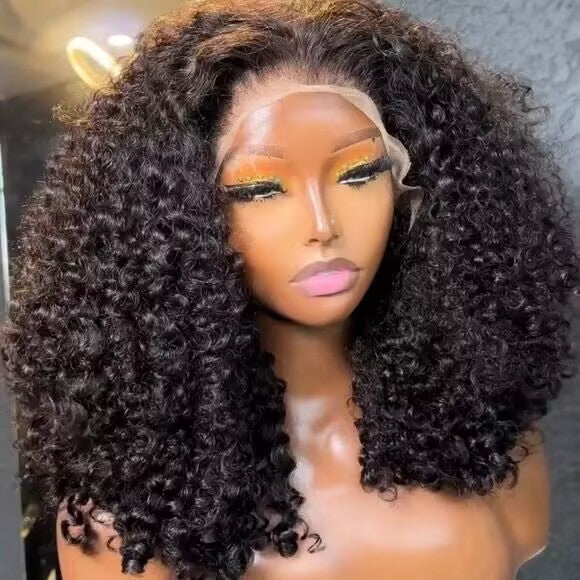

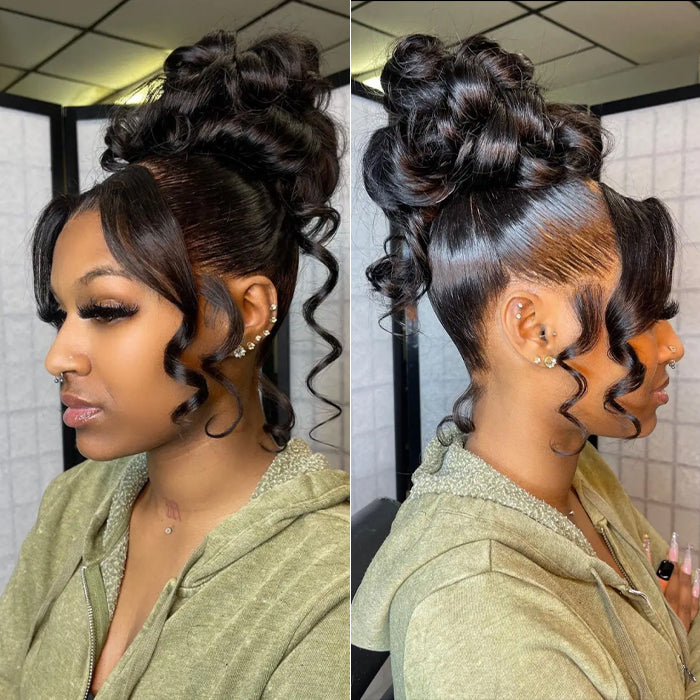
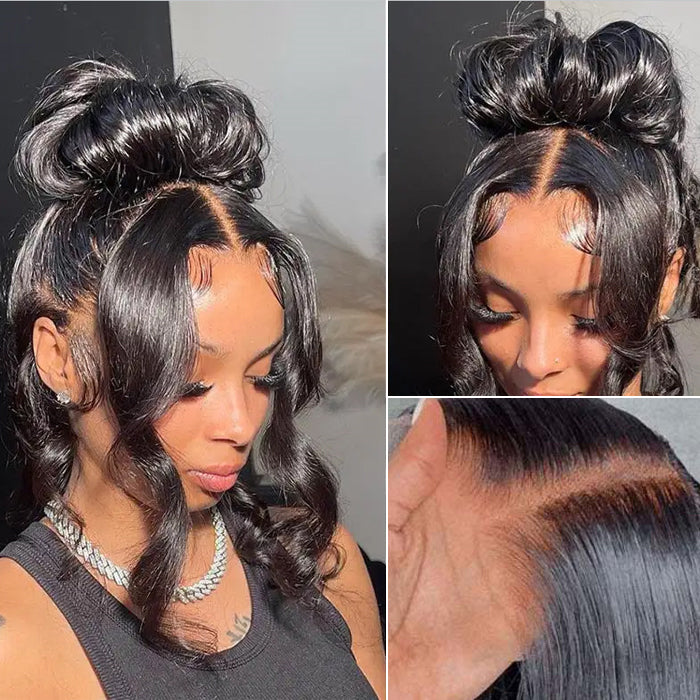
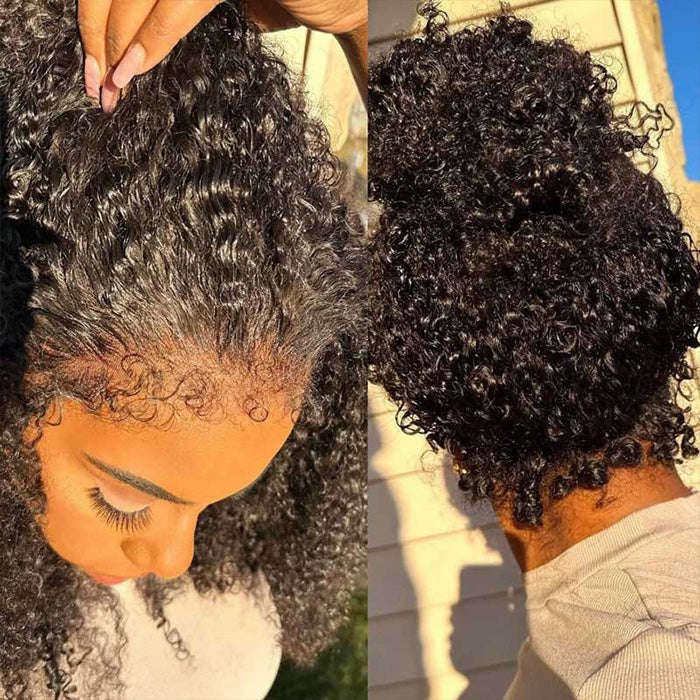
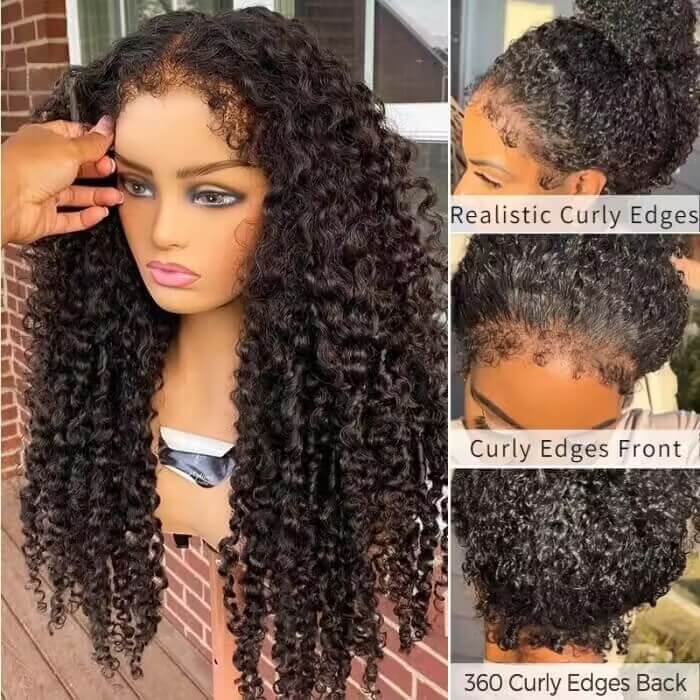
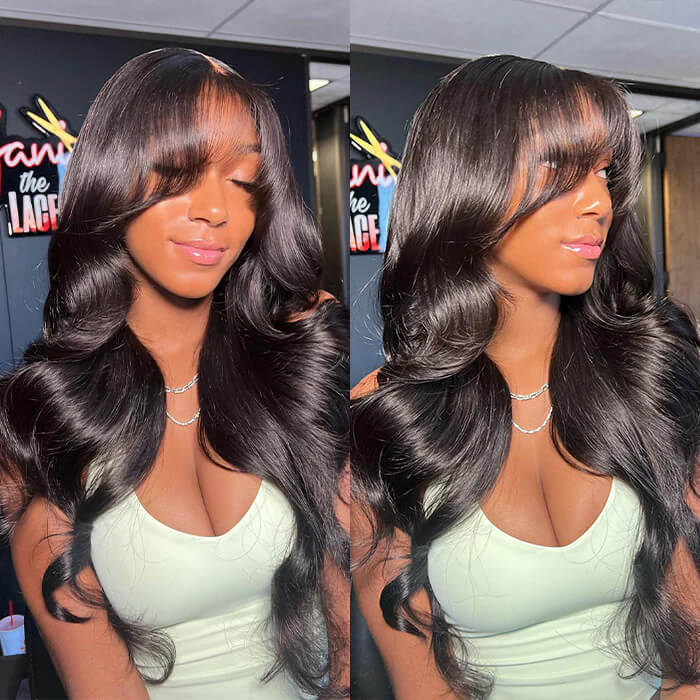


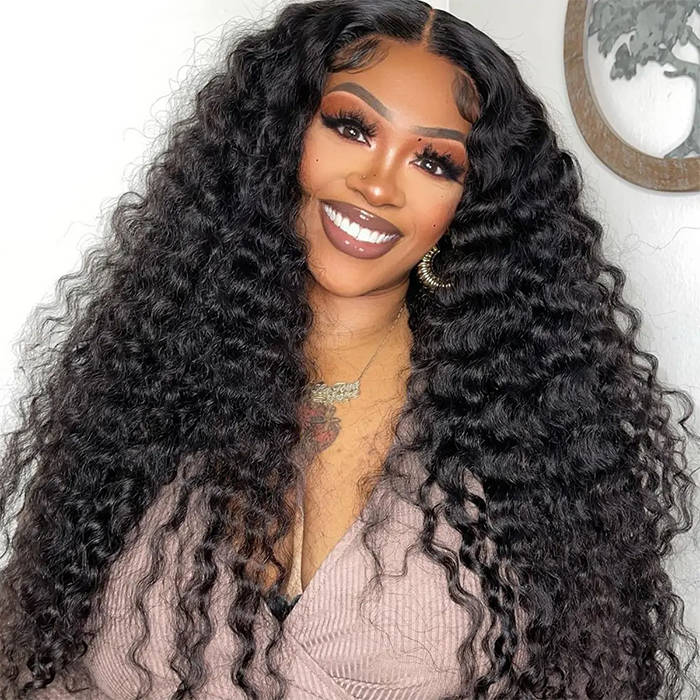
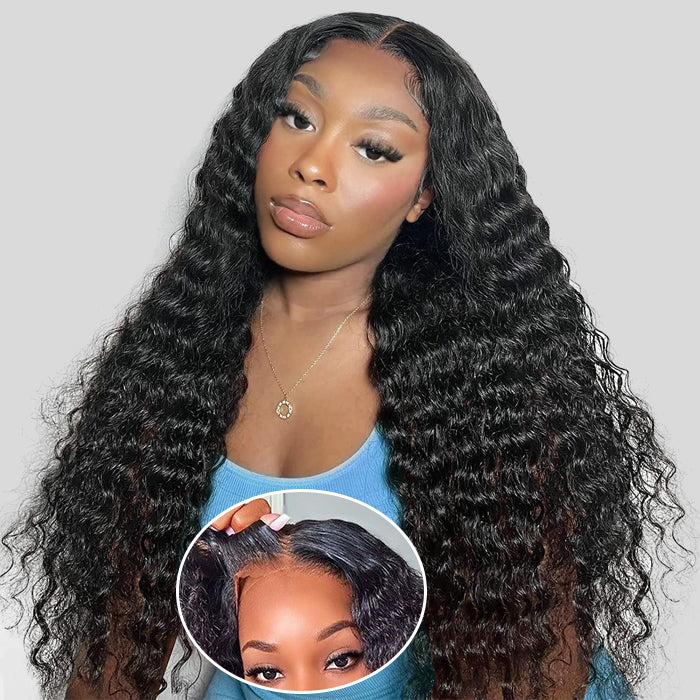
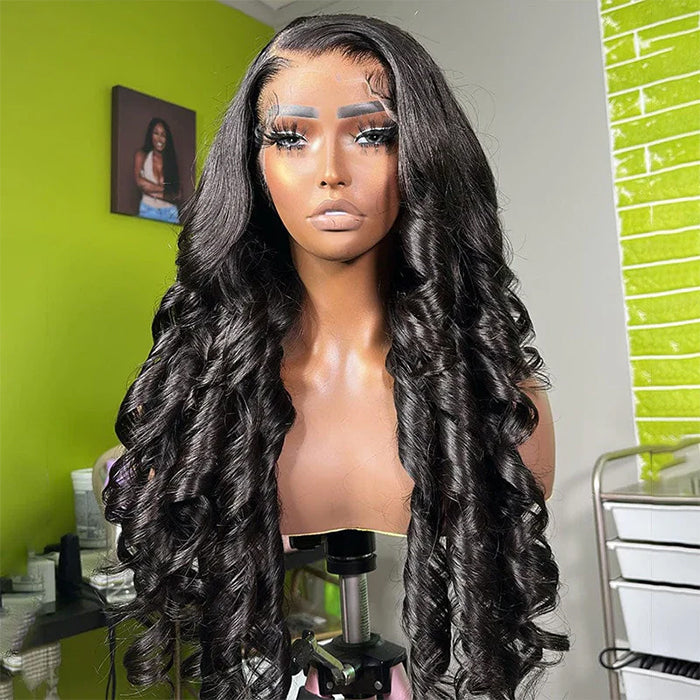

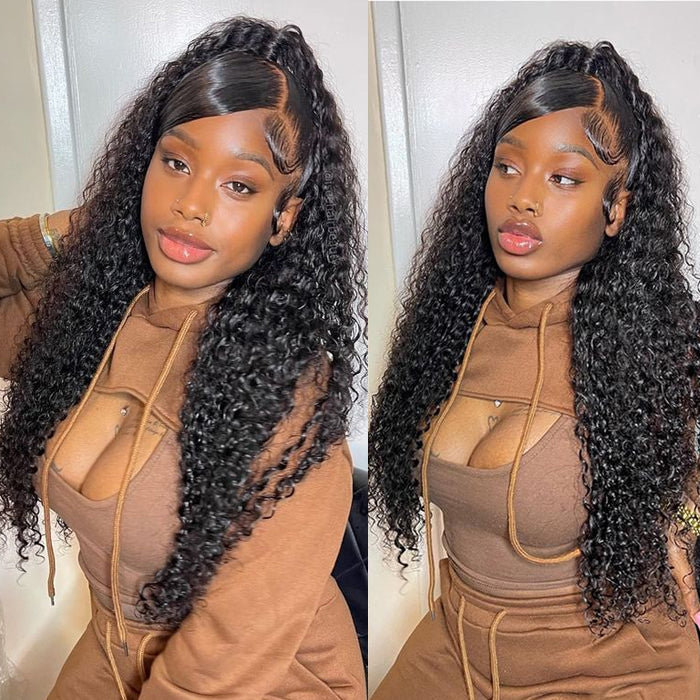

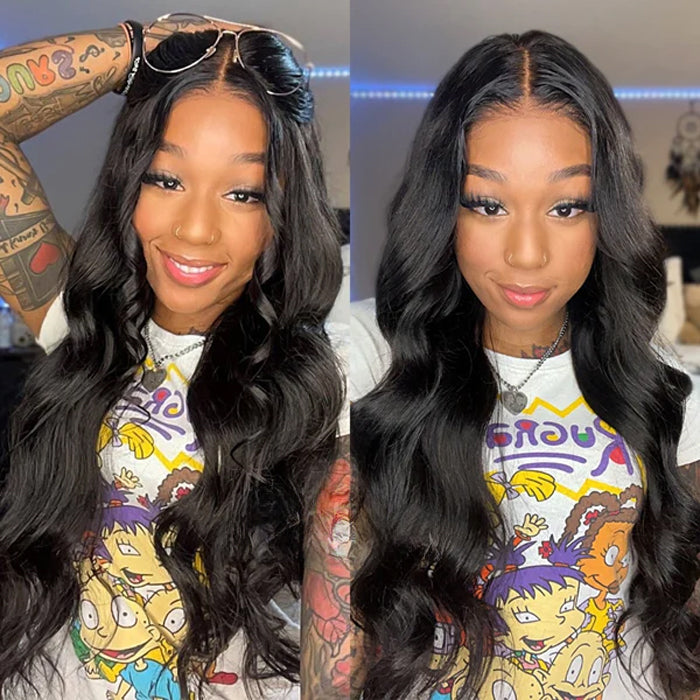



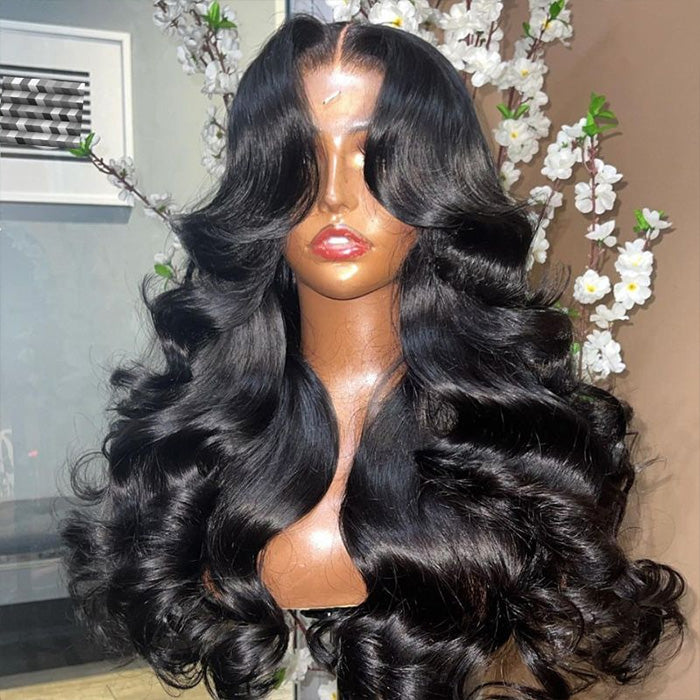
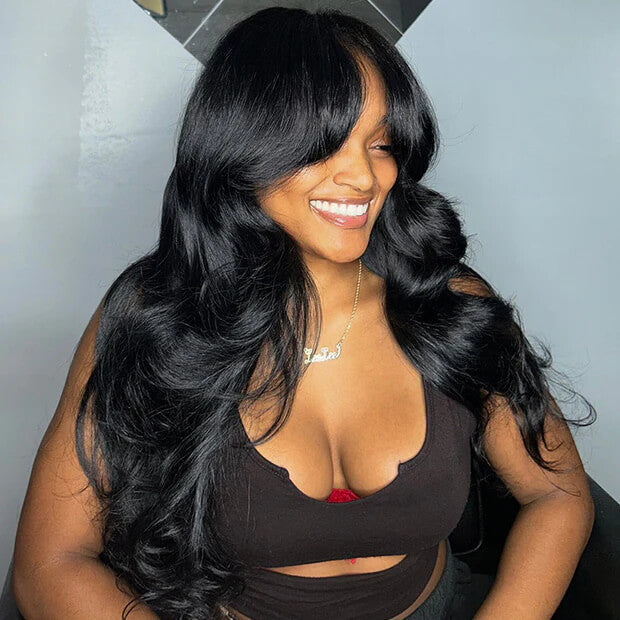
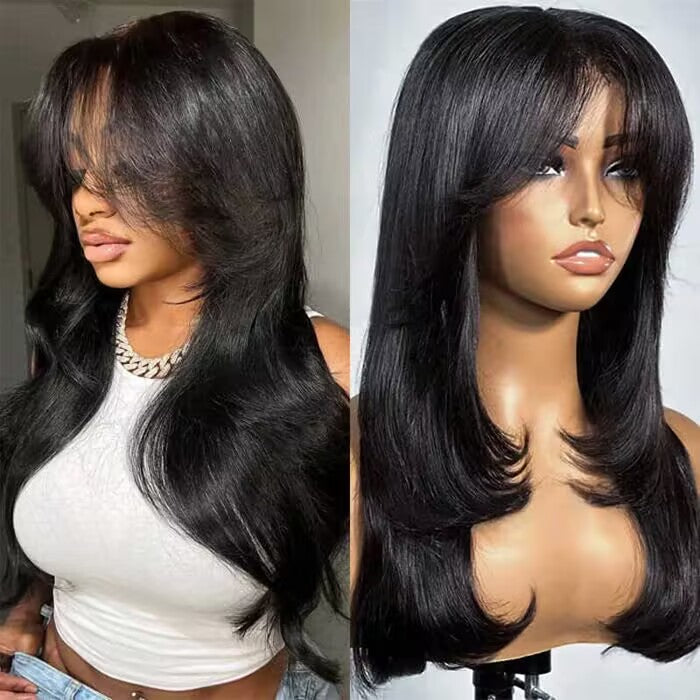
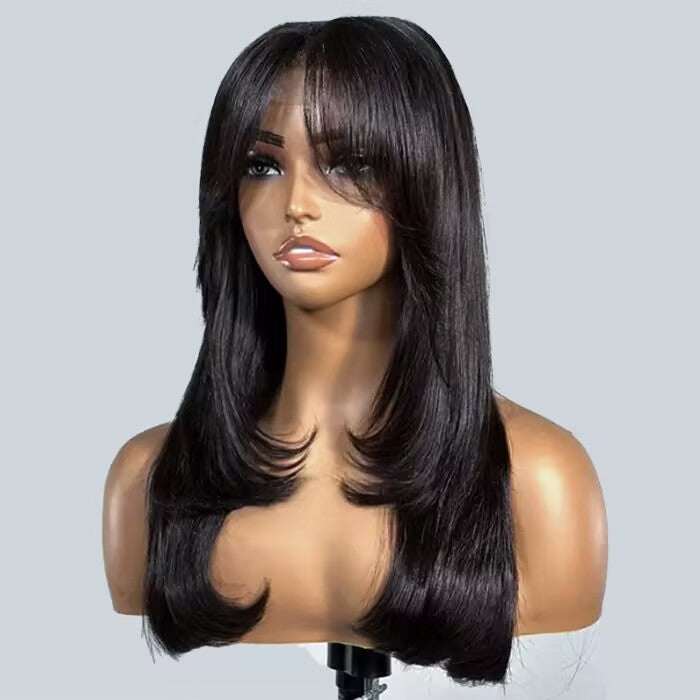
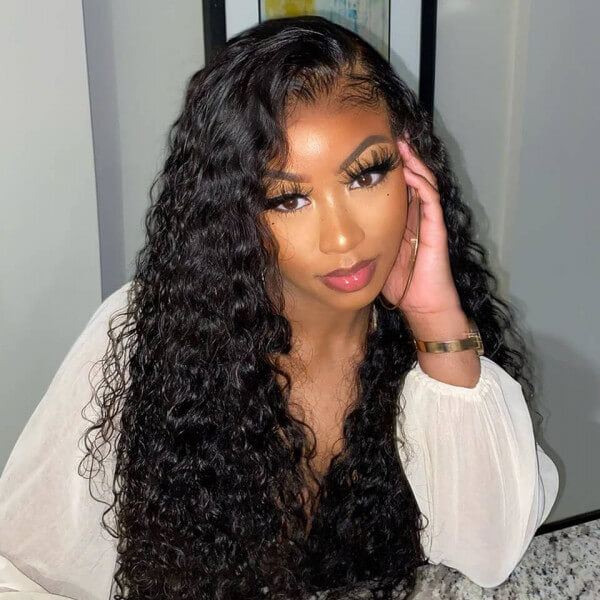
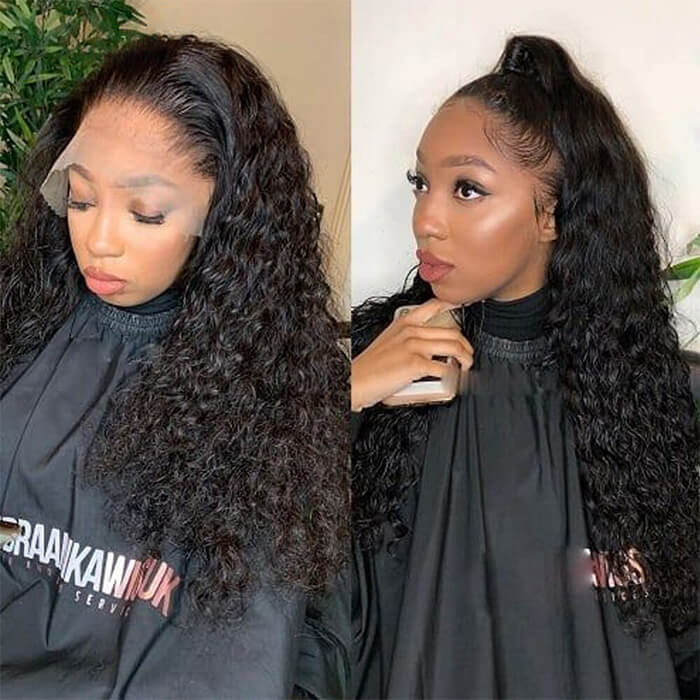
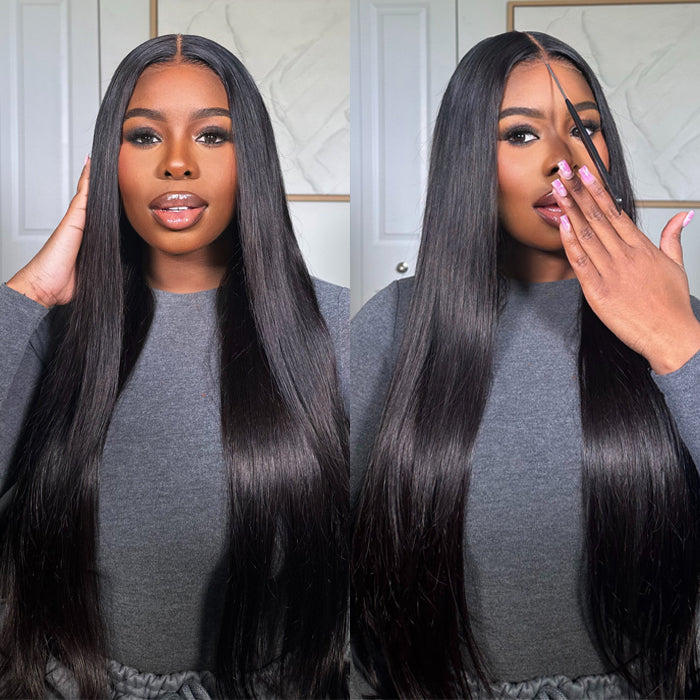
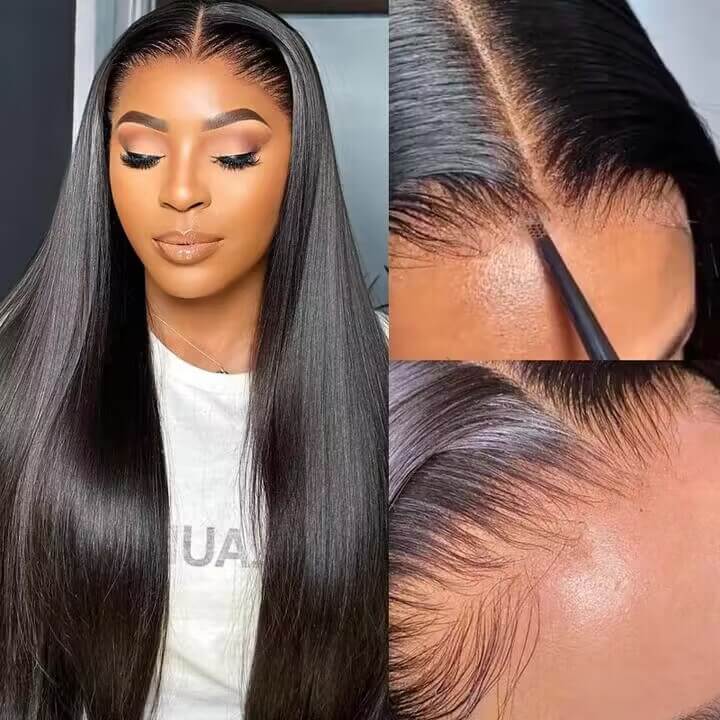
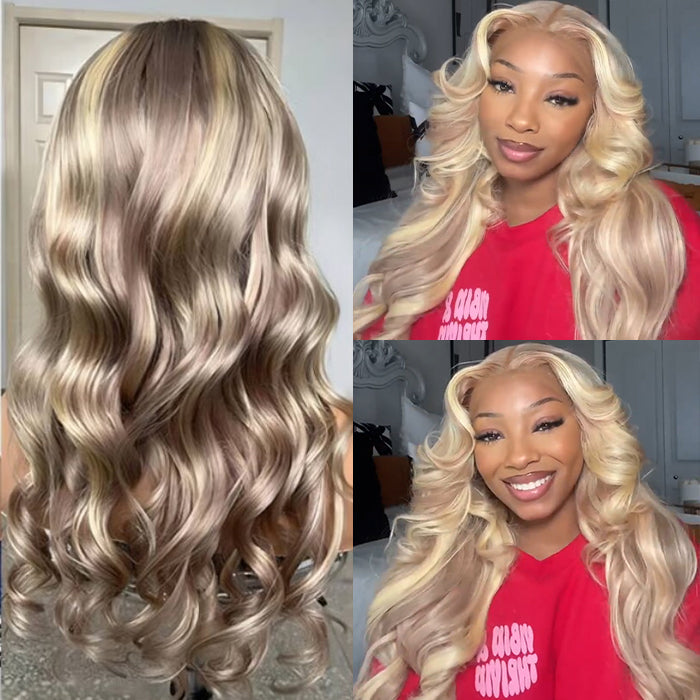
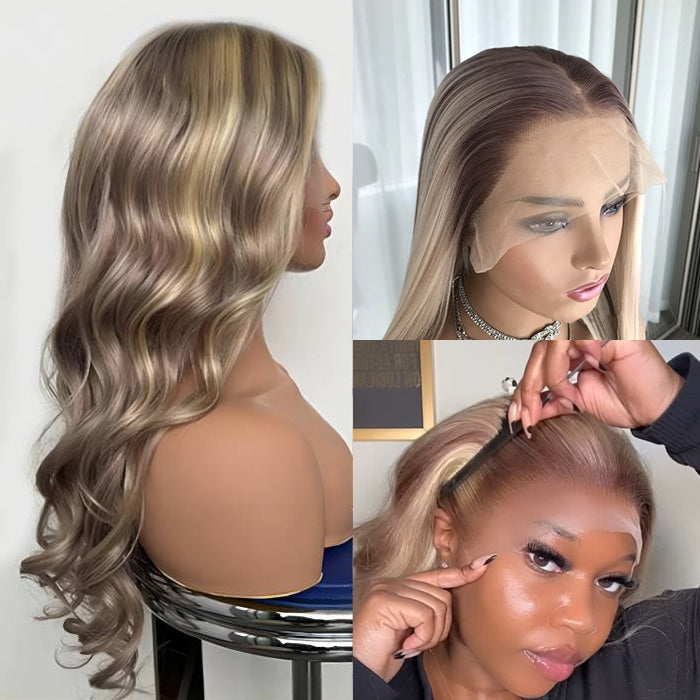
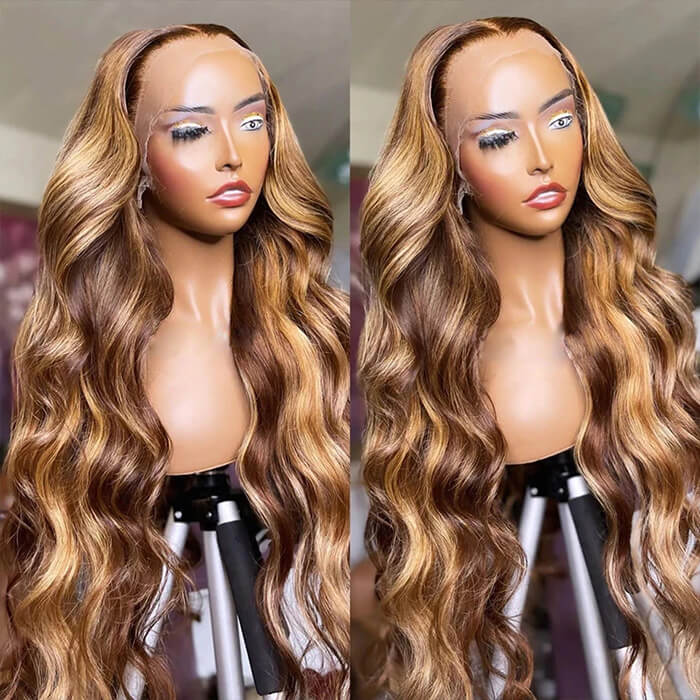
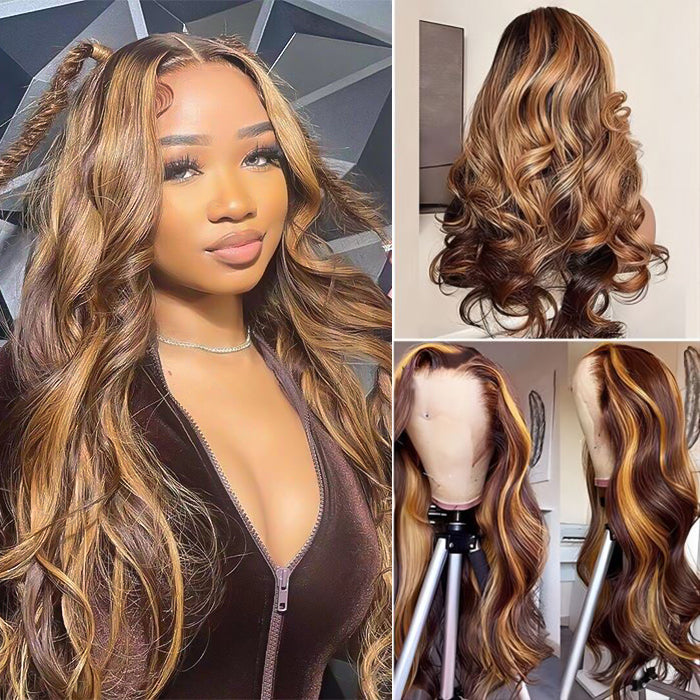
Leave a comment